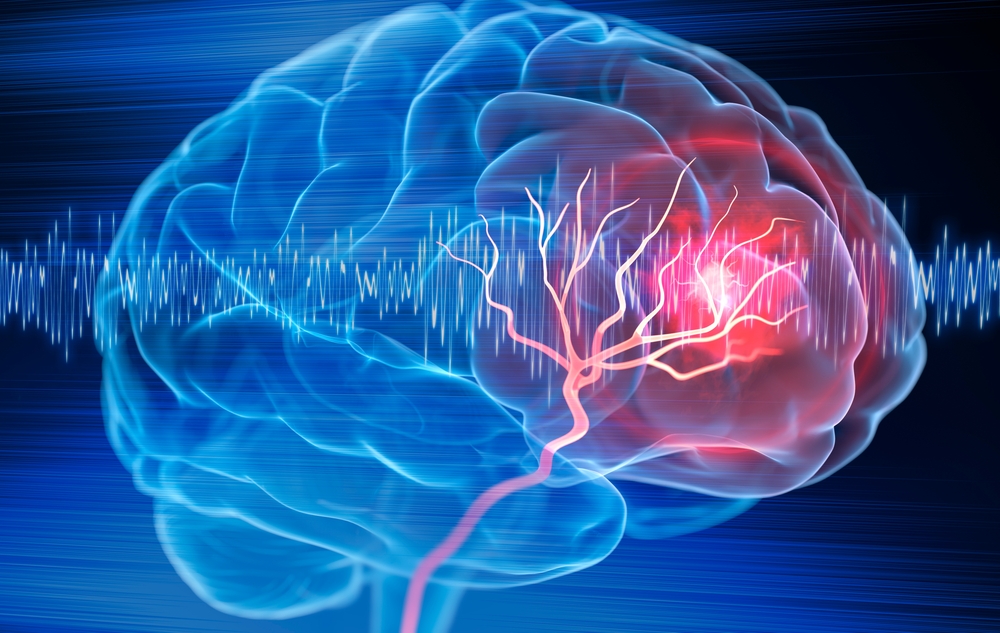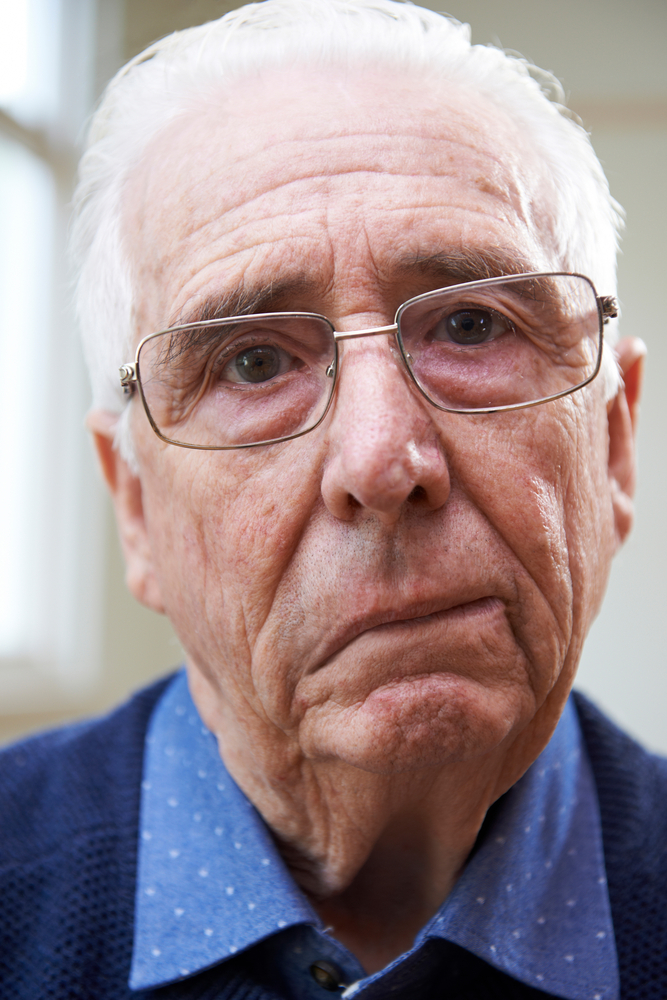Every 40 seconds someone in the US suffers a stroke. About a fifth of those die. The others suffer what some might be considered a worse fate – like the 45-year-old guy I saw the other day, shepherded in by his brother because he could hardly walk. Unable to speak, and with a feeding tube because he is unable to swallow. All caused by a stroke.

The frequency and morbidity caused by such strokes is why Fredericksburg has been declared a “stroke smart” city. And why there is an intensive week long campaign winding up on Stroke Day (next Saturday, October 29th) to encourage people to “spot a stroke. Stop a stroke. Save a life.”
Clots and Bleeds
Things have changed. When I started practice, if someone had a stroke you just prayed it wasn’t a bad one, provided supportive treatments, and then set about working on risk factors – like smoking, diabetes, high blood pressure, high cholesterol, vascular disease, heart arrhythmias – to try to avoid another one.
With modern techniques though, stroke is reversable – providing you get to it in time.
A cerebrovascular accident (CVA) to use the medical term occur when the blood supply to part of the brain is cut off. This usually happens when a blood clot blocks an artery – though less commonly it can happen from a bleed from some weakness of the artery, such as an aneurism. Then, for every minute the brain tissue is deprived of blood, 2 million brain cells die.
If you can restore the circulation by breaking up the clot with “clot-buster” drugs like tissue plasminogen activator (TPA). Or if this isn’t feasible, remove the blood clot by doing a “thrombectomy” through a catheter, it is often possible to minimize, or completely avoid neurological damage.
This has led to strokes being seen as an acute urgency, and hospitals to set up teams to implement emergency stroke protocols.
The hooker is, someone has to call the rescue squad to get the patient to the hospital, and they have to get therewithin 3 to 4 hours of the onset.
Spot a Stroke
At an open house of the Rappahannock Emergency Medical Services (REMS) council last May, Mayor Catherine Greenlaw pronounced Fredericksburg the first Stroke Smart locality in the region.
Cathy Dyson, reporting on this in the Free Lance-Star crucially noting “what hasn’t changed in a quarter of a century is the time lapse between when a stroke happens, and people call 911.”
Educating people about the need to call for help is what has prompted the Community Outreach Patient Engagement (COPE) program, that is a community focused health and social wellness initiative and the outreach for the REMS council, to implement a “stroke smart” program. This is gearing up to have media blitz and distribute hand-outs with illustrations and check lists telling people how to recognize a stroke.
I went to visit Nana Noi, event coordinator for COPE who explained stroke avoidance was one of the priorities of the study of health needs from the Rappahannock Area Community Health Assessment for Planning District 16, that was published in 2017 by the Rappahannock Area Health District and Mary Washington Health Care.

The program COPE has put together is based on a Stroke Smart Virginia program which is a “public health initiative to reduce pre-hospital delays” and uses a program contrived by Alan Stillman - an entrepreneur whose grandmother had a stroke but did not get medical care for several days - she never spoke or moved again, until she died, Stillman reports.
On a cycle journey of 28 different countries that Stillman made, he came up with the idea of picture cards to communicate with people whose language he didn’t speak. He then got involved with helping the army and the Marine Corp in war zones – particularly trying to communicate with locals to identify IED’s.
It has now morphed into cards showing facial droop and arm weakness to help people identify a stroke – along with prompts like the “BE FAST” checklist – which indicates how abnormality of Balance, Eyesight, Facial appearance, Arm strength, and Speech can indicate a stroke. With the ‘T’ to remind you to note the time of onset – and how crucial time is in calling the rescues squad and getting the person to hospital.
“We particularly want to educate children to know the signs” Nana Noi told me, as they often may be the only ones around when a grandparent has a stroke.
I’m tempted to include some pious comment about leading a healthy life – eating right, exercising, not smoking etc. – to prevent the vascular disease that causes stroke. But the primary message for now is recognizing a stroke and how time is of the essence.
We can save a lot of morbidity, mortality and suffering if we learn to “spot a stroke” and call the rescue squad, who can then get the person to the right place to “stop a stroke” and “save a life.”

